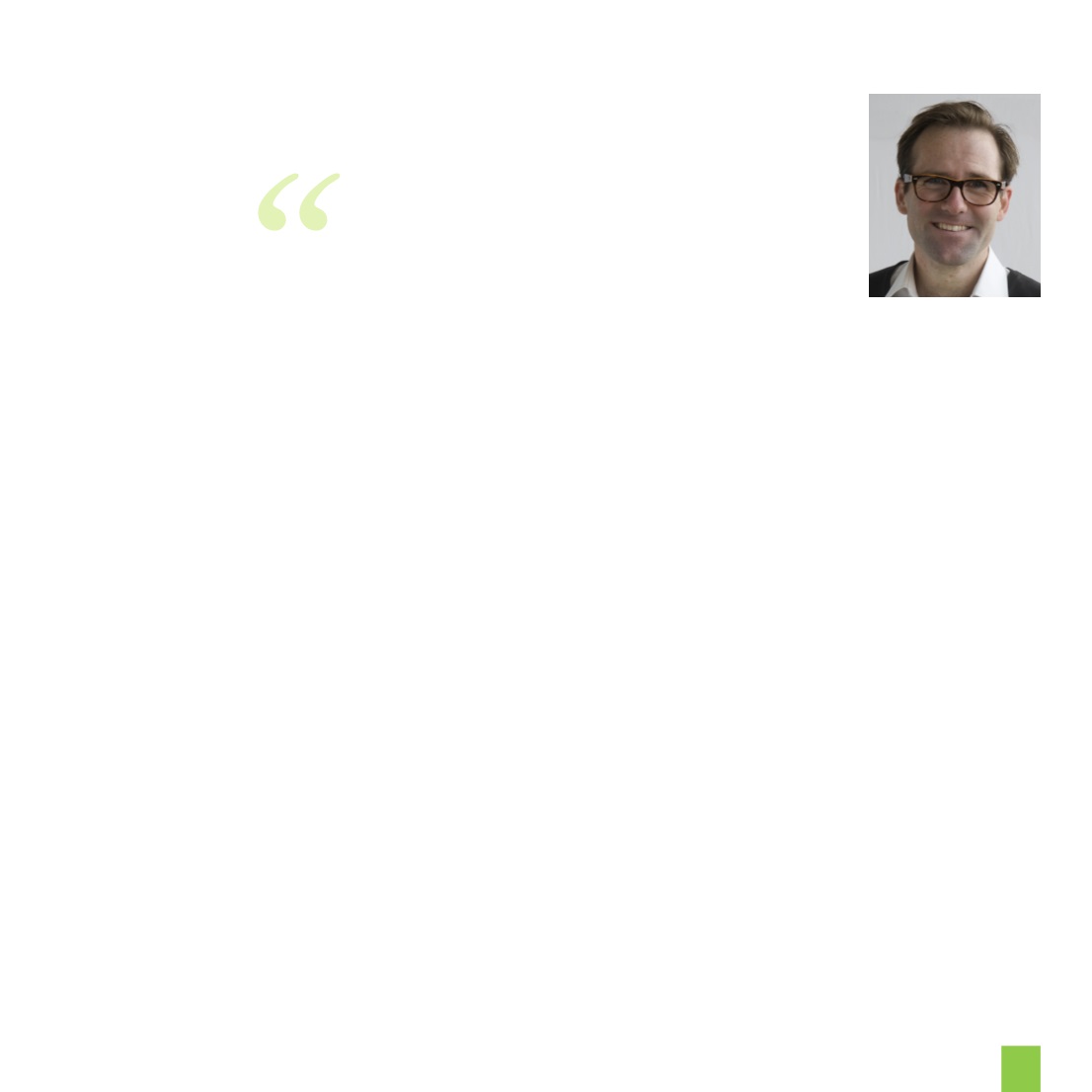

25
ZEB
annual report 2014
A meeting between an architect and a
social anthropologist has resulted in the
work “Net-Positive Office Buildings and
Dialogical Form Finding”. Andreas Eggertsen
Teder is practicing architect at Snøhetta
and PhD fellow at the Research Center
on Zero Emission Buildings. Håkon Fyhn
is social anthropologist and post-doctoral
fellow at NTNU. Together they have set
out on a journey to answer the question;
How can Appreciative Inquiry (AI )and
dialogue stimulate co-creative morphological
development of Zero Emission Buildings?
The purpose of the study was to gain insight
into critical elements of a design process
that stimulates integration of new knowledge
and innovation in buildings. The findings
derive from the case study Powerhouse
(PH) Brattørkaia in Trondheim, a pilot project
for the Research Centre on Zero Emission
Buildings. PH Brattørkaia is planned to be
Norway’s first newly built Plus-energy and
Zero Emission office Building, i.e. it should
locally produce more renewable energy
than it consumes including energy bound
in materials, energy used for construction,
operation and deconstruction. The main data
collection for this study was done through
participation and observation by the first
author, who had double roles throughout
the schematic design phase; as a practicing
architect and an observing researcher. The
second author contributed with reflections
on the nature of interdisciplinary dialogue
and provided a theoretical framework for
understanding dialogical development of form.
The data from the participating observation
were furthermore triangulated with a series
of in depth interviews performed by the
Research Centre on Zero Emission Buildings,
NTNU (Meistad and Strand 2012) as well as
targeted interviews committed by the authors
themselves.
The study focus on collaboration in early
stage design development of Plus-energy
office buildings. Crucial for collaboration
was a consortium agreement where the key
stakeholders formed an Integrated Design
Delivery Solutions (IDDS) contract that
stimulated work in-between the alliance
partners. The consortium agreement made
it possible for the design team members
to collaborate across organizations and
disciplines. The design process was structured
in line with the Integrated Energy Design
FINDING FORM IN DIALOGUE
|
DIALOGBASERT FORMGIVNING
Buildings can have a positive impact
on the climate and the environment
Andreas Eggertsen Teder (NTNU) and Håkon Fyhn (NTNU)

















